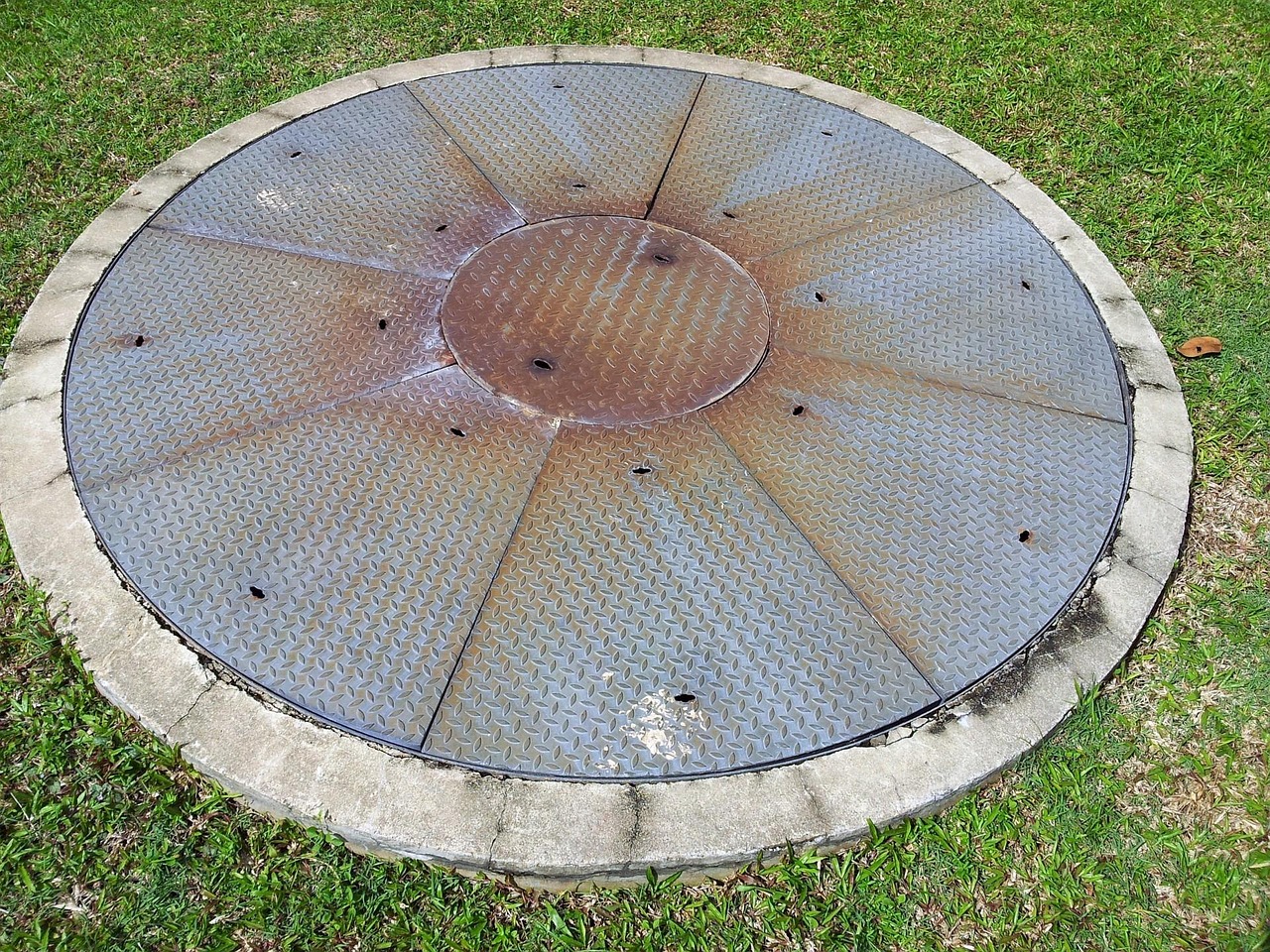Outdoor drains play a crucial role in protecting your property from water damage by directing rainwater and surface water away from your home’s foundation. However, these drains frequently become blocked with leaves, debris, grease, and other materials that can cause serious flooding issues if left untreated. Regular maintenance prevents costly repairs and keeps your drainage system functioning effectively throughout the year.
Identifying a Blocked Drain
How to unblock drains outside? Recognising the warning signs of a blocked outdoor drain allows you to address problems before they escalate. Standing water around drain covers indicates poor drainage, whilst unpleasant odours suggest organic matter has accumulated within the system. Gurgling sounds during rainfall often signal partial blockages restricting water flow.
Water backing up from gullies during heavy rain presents another clear indicator. Additionally, if indoor plumbing experiences slow drainage or unusual sounds, the issue might stem from blocked external drains connecting to your internal waste system. Garden areas showing waterlogging near drain locations also suggest blockage problems requiring immediate attention.
Safety Precautions
Drain unblocking involves potential hazards that require proper precautions. Always wear protective gloves, preferably thick rubber ones, to prevent contact with contaminated water and sharp debris. Safety goggles protect your eyes from splashing dirty water during the cleaning process.
Inform household members about your maintenance work to prevent accidental falls into open drain areas. Check weather conditions before starting, as wet surfaces become extremely slippery. Never use electrical equipment near standing water, and avoid working alone in case assistance becomes necessary. Keep a first aid kit nearby and wash hands thoroughly after completing the work.
Tools and Materials Needed
Effective drain clearing requires specific tools and materials. A drain rod set with various attachments handles most blockages, whilst a garden hose provides essential water pressure for flushing debris. Heavy-duty gloves, safety goggles, and old clothing protect you during messy work.
You’ll also need a bucket for collecting debris, a screwdriver for removing drain covers, and a torch for inspecting dark drain interiors. Caustic soda or specialised drain cleaners help dissolve organic matter, though natural alternatives like bicarbonate of soda work effectively for minor blockages. A pressure washer offers additional cleaning power for stubborn debris.
Step-by-Step Guide to Unblocking Drains
Begin by removing the drain cover carefully using a screwdriver or lifting tool. Inspect the visible area for obvious blockages like leaves, twigs, or accumulated debris that you can remove by hand. Clear surface-level obstructions before proceeding to deeper cleaning methods.
Insert drain rods into the drain opening, connecting additional sections as needed to reach the blockage. Apply steady pressure whilst twisting the rods clockwise to break up compacted debris. Avoid excessive force that might damage pipes or push blockages further down the system.
Once you’ve broken up the blockage, flush the drain thoroughly with a garden hose to remove loosened debris. Start with moderate water pressure, gradually increasing if necessary. Allow water to run for several minutes to clear all remaining particles from the drainage system.
For persistent blockages, apply commercial drain cleaners according to manufacturer instructions. Natural alternatives include pouring hot water mixed with washing-up liquid down the drain, followed by bicarbonate of soda and white vinegar. Allow chemical treatments to work for the recommended time before flushing with clean water.
Test the drain’s effectiveness by running water continuously for several minutes. The water should drain quickly without backing up or creating gurgling sounds. Replace the drain cover securely once you’re satisfied with the drainage performance.
Keep Your Drains Flowing Freely
Maintaining clear outdoor drains protects your property from water damage whilst preventing costly emergency repairs. Regular inspection, prompt attention to warning signs, and proper preventative measures keep your drainage system functioning effectively year-round. Remember that early intervention requires less effort than dealing with major blockages, making routine maintenance a worthwhile investment in your property’s protection.
